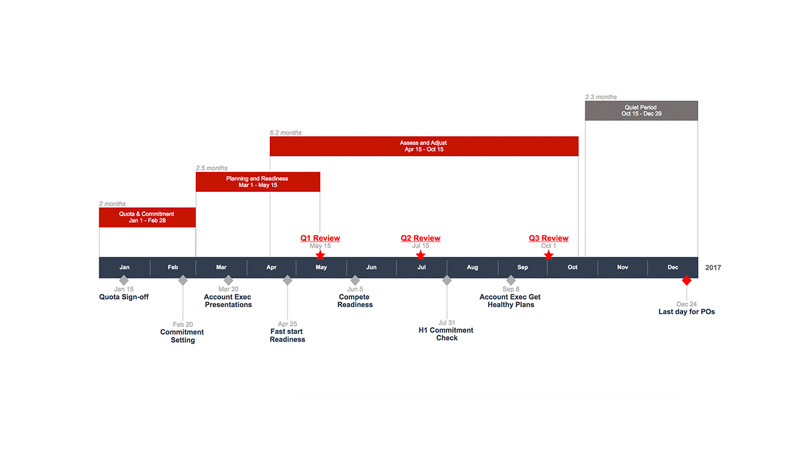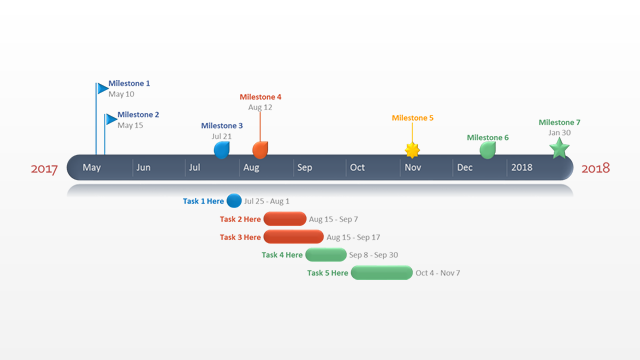

This was the beginning of a business relationship that is still thriving today.

Also in 1985, Alias signed a landmark deal with GM to design a system incorporating NURBS (Non-Uniform Rational Basis Spline) technology compatible with GM’s spline based CAD (Computer-Aided Design) system. The first sale of Alias/1 was to Post Effects in Chicago followed by Editel in New York and Production Masters in Pittsburgh. Alias/1 was unique because it was based on cardinal splines, producing much smoother and realistic lines or surfaces than polygonal lines. That’s where the name came from”.Īlias unveiled Alias/1 at SIGGRAPH ’85 in San Francisco. “We all clicked at that point because the only paying job we had at the time was for Dave Springer to write an anti-aliasing program for a few users at SGI. “You know what we need is an alias”, Steve said. “I think it was Steve who came up with the name Alias, while we were sitting in a Detroit restaurant during SIGGRAPH”, says Nigel McGrath. In 1984 the group decided on the name Alias for their new venture. “There were strange drafts, cold air would mysteriously fill the room, like we were in a scene from Spielberg’s Poltergeist”, said Susan McKenna. The first office, with a rent of $150/month, was located in Toronto in a renovated elevator shaft in the building that would later become the home of CITY-TV. Other financial support was gained from the federal government through Scientific Research Tax Credits (SRTCs). In 1983 they were able to obtain a $61,000 grant from the National Research Council, which, combined with the limited funds of the founders, allowed work to begin on the development of that first code, a huge undertaking that required 36 man-years of programming or 18 programmers writing for two years. He kept the company while starting Alias, lending the new firm $500,000 worth of computer graphics equipment. After high school, McGrath freelanced as a graphic artist and started McGrath & Associates in 1980 to serve major corporate clients. McKenna approached Nigel McGrath, knowing his reputation in the industry for mixing high technology and graphic design. She spent 2 1/2 years doing administrative work in audio-video production, raising capital, writing proposals and arranging funding. Stephen Bingham and Susan McKenna met at Carleton University in Ottawa. The youngest of five children, she was the first woman in the family to want to enter business with an ambition for adventure and risk. Susan McKenna first got the computer itch in high school where she took Fortran. It was a visit to Hollywood director George Lucas’s renowned Industrial Light & Magic animation studios in California that inspired Bingham to form his own animation company.

He then served as the director of the city’s National Film Theatre from 1980 to 1983, which allowed him to indulge in his love for movies and animation. Lacking any formal engineering or technical training, he obtained a Master’s degree in Canadian studies from Ottawa’s Carleton University.
#THE BEST TIMELINE 3D SOFTWARE CODE#
They quickly brought him on board, and he supervised the project that involved 300,000 lines of code written in C.īingham was an unlikely high-tech tycoon.
#THE BEST TIMELINE 3D SOFTWARE SOFTWARE#
A rare combination of artist and computer programmer, he had been working independently on software which, by coincidence, resembled McKenna’s and Bingham’s idea. Springer was teaching computer programming for designers at Sheridan College. In 1983 they came up with the idea for a software development effort to achieve this goal. The founders of Alias, Stephen Bingham, Nigel McGrath, Susan McKenna and David Springer wanted to create an easy-to-use software package to produce realistic 3D video animation for the advertising industry and post-production houses. Alias served as the precursor to Maya and and AliasStudio (when acquired by Autodesk).ĭESIGN-ENGINE|EDUCATION offers courses utilizing Maya and AliasStudio… and Rhino. It also served as the solution used to produce South Park episodes digitally before production was moved to Maya. It has had a long track record, starting with Terminator 2: Judgment Day in 1991 and ending in Star Wars Episode I: The Phantom Menace in 1999. The founding of the Alias software changed the face of 3D Modeling and Animation as well as the engineering, design, gaming, entertainment, and film industries.Īlias (was called PowerAnimator and Animator) was a highly-integrated industrial 3D modeling, animation, and visual effects suite. Not only is the vision and idea behind the creation important but also the driving forces, the people behind it, and the projects and productions that utilized the tool. Understanding the history of a particular software and why it was created in the first place can be exciting and insightful, especially for those who are interested in or are currently using the software.


 0 kommentar(er)
0 kommentar(er)
